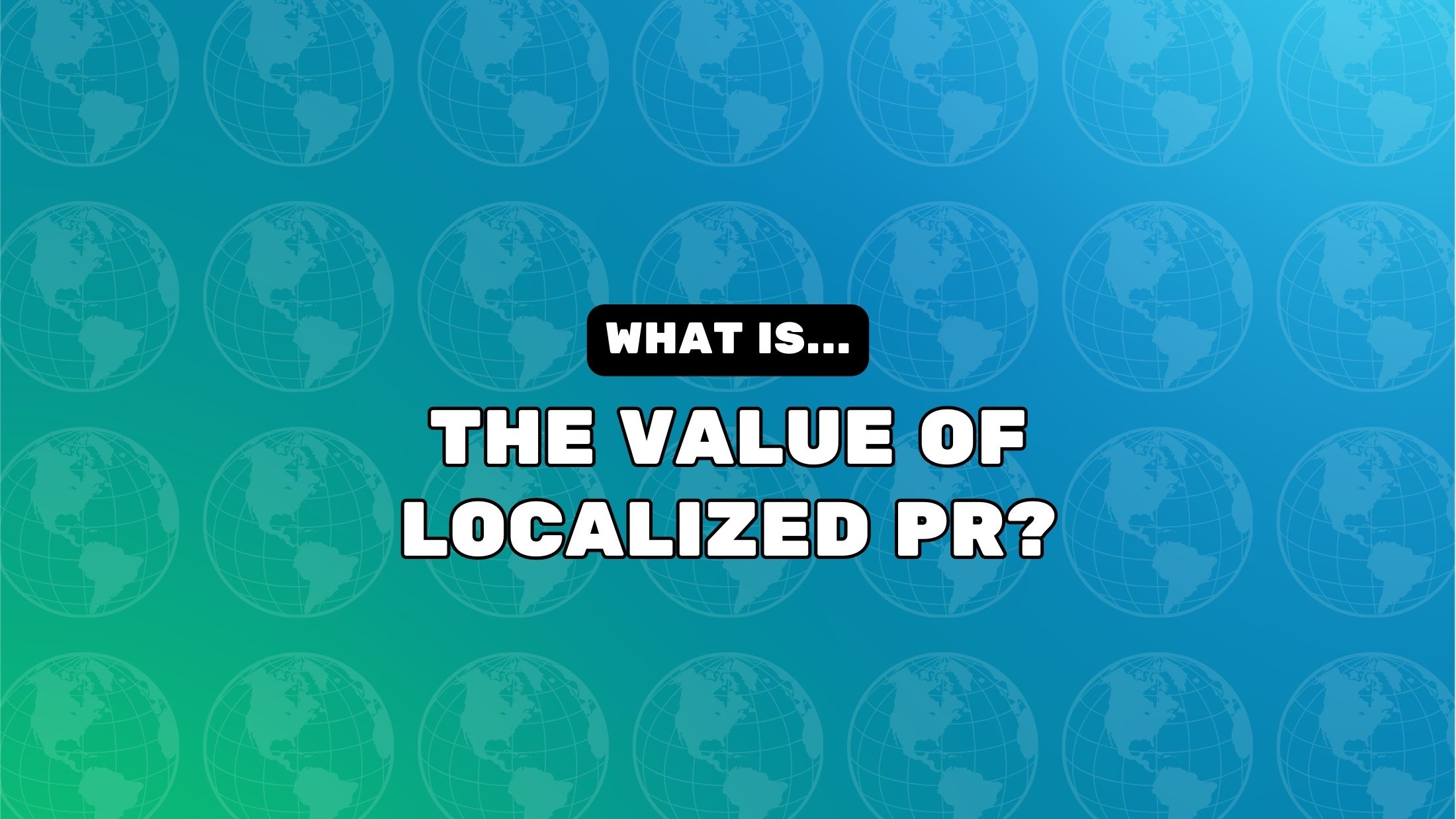Nine Ways I Prep My Phone Before Traveling Internationally
Make sure your smartphone is as ready for vacation as you are.

We may earn a commission from links on this page.
Whether it's for business or pleasure, traveling experiences can be some of the best experiences. But you're usually only going to get the most out of your trip if you've put in the required preparation time first—and that includes making sure your phone is as ready to go as you are.
As a tech journalist, I've been fortunate enough to head to multiple countries to attend multiple press launches and industry shows, often with multiple phones in tow. While I wouldn't say I'm perfect in my preparations, I am now well practiced in getting my gadgets ready for the road—and this is what's on my checklist.
Data
Wifi is more ubiquitous than ever, and you'll find it in coffee shops, bars, restaurants, and hotels—but you're still going to want to make sure that you can connect without it, and that means finding out what your carrier offers in terms of cellular data access abroad.
For example, both Verizon and AT&T will let you use your phone abroad like you do at home—for $12 a day. It's up to you and what your requirements are as to whether it's worth the investment, but make sure you've researched your options in advance.
eSIMs

For a lot of people, getting a local eSIM is the most affordable option for data abroad: On many modern handsets, you can use it alongside your current physical SIM or eSIM. There are lots of quality providers to pick from too, including AloSIM, Airalo, Saily, and Holafly. Shop around for coverage for your destination(s). Check on prices, contract length, the amount of data included, usage rates and what you can do with your data, and how easy the service seems to be to set up.
Security
Out on the road, your phone isn't quite as safe as it is at home, and some extra security steps are often worthwhile—and that includes keeping it in a zipped pocket or bag, taking it out less often, and ensuring biometric protection is in place on the lock screen.
Turn on two-factor authentication on every account where it's available (and use an authenticator app rather than SMS), and make sure everything is backed up and synced to the web as often as you can—just in case something should happen to your phone.
Tracking

Off the back of device security, there's also device tracking: If you should somehow become separated from your phone, you'll want to be able to find it and potentially reset or lock it, so make sure you're enrolled in Apple Find My or the Google Find Hub.
Ideally, you want to have a second device on hand—a tablet, a laptop, even a friend's phone—that you can use to log into your account and find out where your device is (but only attempt to retrieve it if it's lost, rather than engaging with any criminals).
Downloads
You're not necessarily guaranteed to get strong wifi and cellular coverage on your travels, whether you're sitting on an airplane or heading out into the wilderness, so make sure you've got plenty of audio and video downloaded to your phone ahead of time.
Most streaming apps now do this, though it's usually a paid feature (as it is with Spotify). If you pay for YouTube Premium, you don't even need to pick what to download—there's a smart downloads feature that stores some recommended content automatically.
Translations

Speaking of downloads, if you're traveling to countries where you're not fluent with the language, it's worth checking in with your translation apps of choice to make sure you have all the necessary languages stored locally, in case you can't get online consistently.
In Google Translate on Android, tap your profile picture (top right) then Downloaded languages. In Apple Translate on iOS, tap the three dots (top right), then Download languages. Don't forget to include both the input and output languages you need.
Accessories
It's often a good idea to kit out your smartphone with a choice accessory or two for your trips. Travel pouches you can keep close to your person are a good example, or cases that give your handset a bit more protection from bumps and scrapes while on the move.
For me, the most usual phone accessory for travel has been a power bank, and there are a host of affordable options to choose from. Something like the $18 Miady 2-Pack is a good pick, giving you 10,000mAh of juice that can be delivered to any phone using USB-C.
VPN

There are a couple of reasons you might want to get a VPN (Virtual Private Network) app set up on your phone. The first is to trick streaming services like Netflix and Prime Video into thinking you're still at home, and delivering you the content you're used to.
The second is even more important: VPNs will keep you well-protected when you're connected to public wifi networks that many other people are also connected to. Our guides to the best paid VPNs and the best free VPNs are worth checking for this.
Apps
Some apps are only useful when you're traveling, but then they're very useful indeed. TripAdvisor (Android, iOS) will tell you what's good to see wherever you are, for example, as will GetYourGuide (Android, iOS), which covers over 100,000 things to do.
Other apps are a bit more specific to certain use cases: Flighty (iOS), which we've recommended before, is excellent for staying up to date with flight times and delays, and it's definitely worth researching the best taxi apps for the places you're visiting.






































































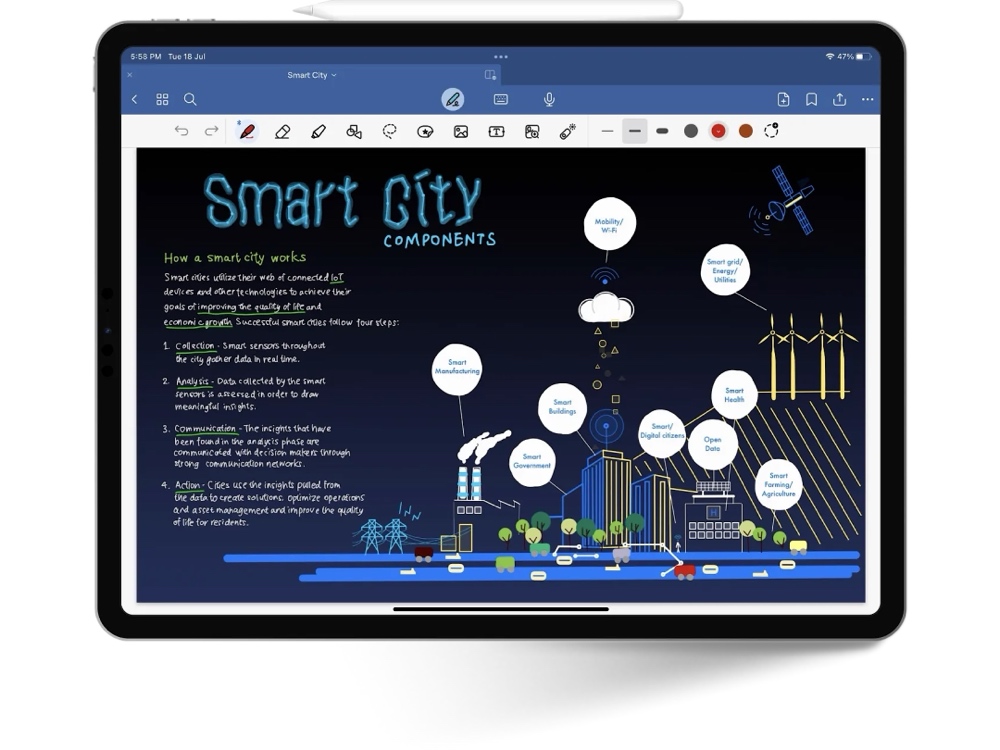


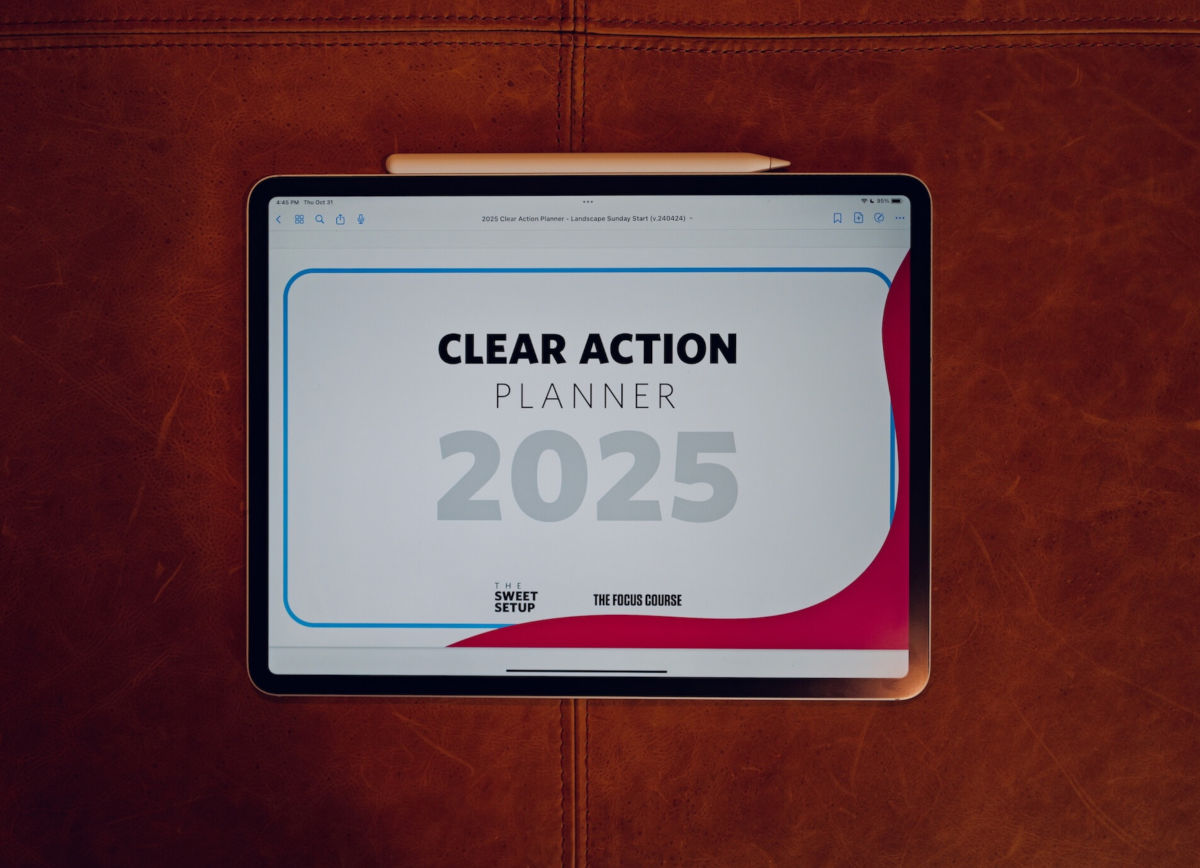



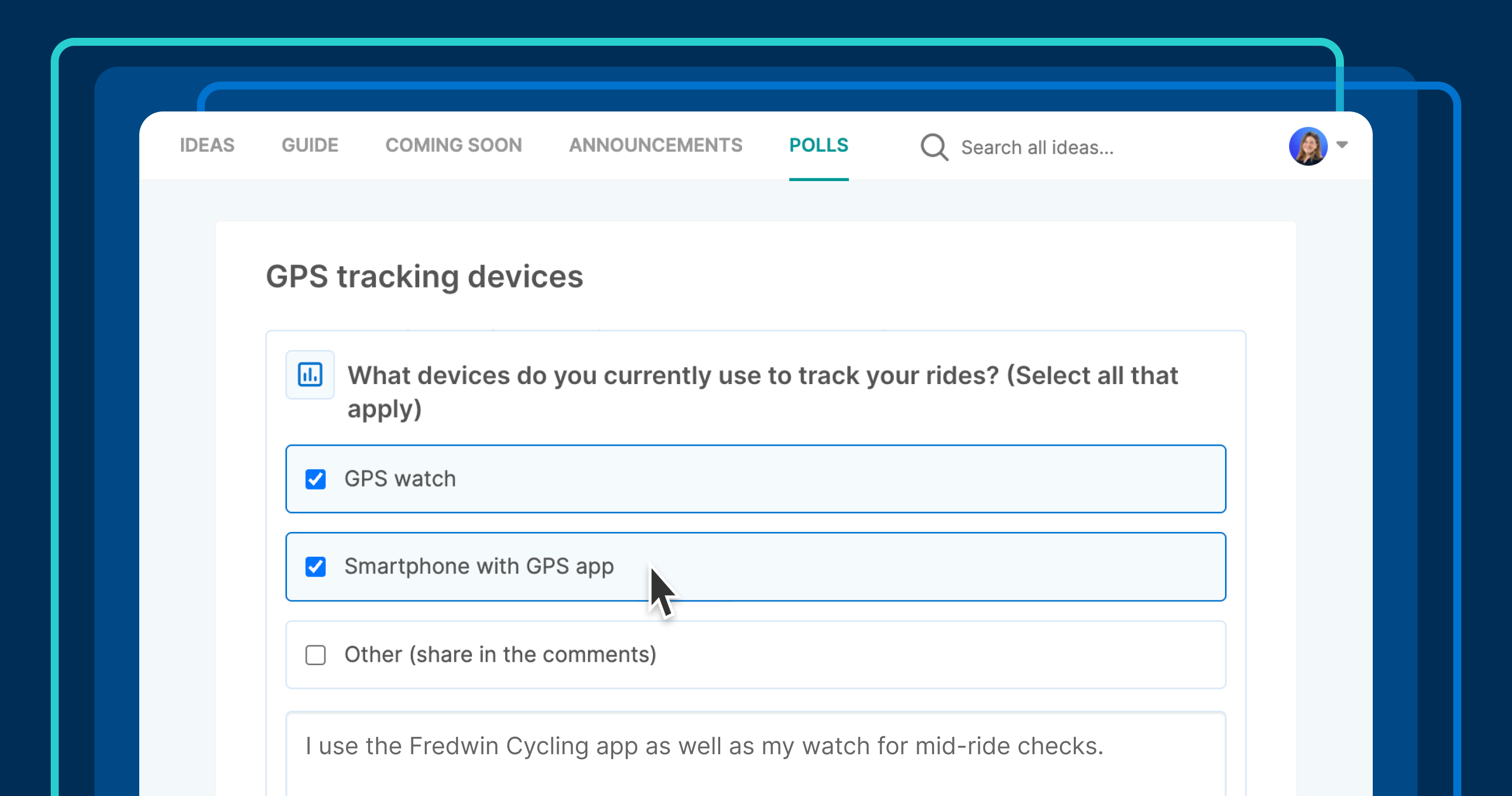









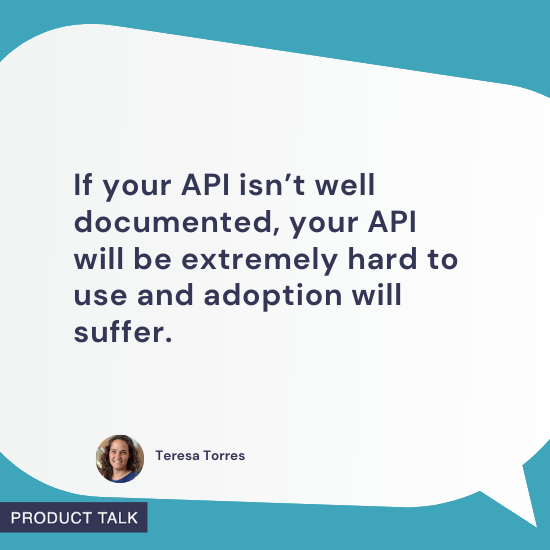








![Building A Digital PR Strategy: 10 Essential Steps for Beginners [With Examples]](https://buzzsumo.com/wp-content/uploads/2023/09/Building-A-Digital-PR-Strategy-10-Essential-Steps-for-Beginners-With-Examples-bblog-masthead.jpg)


